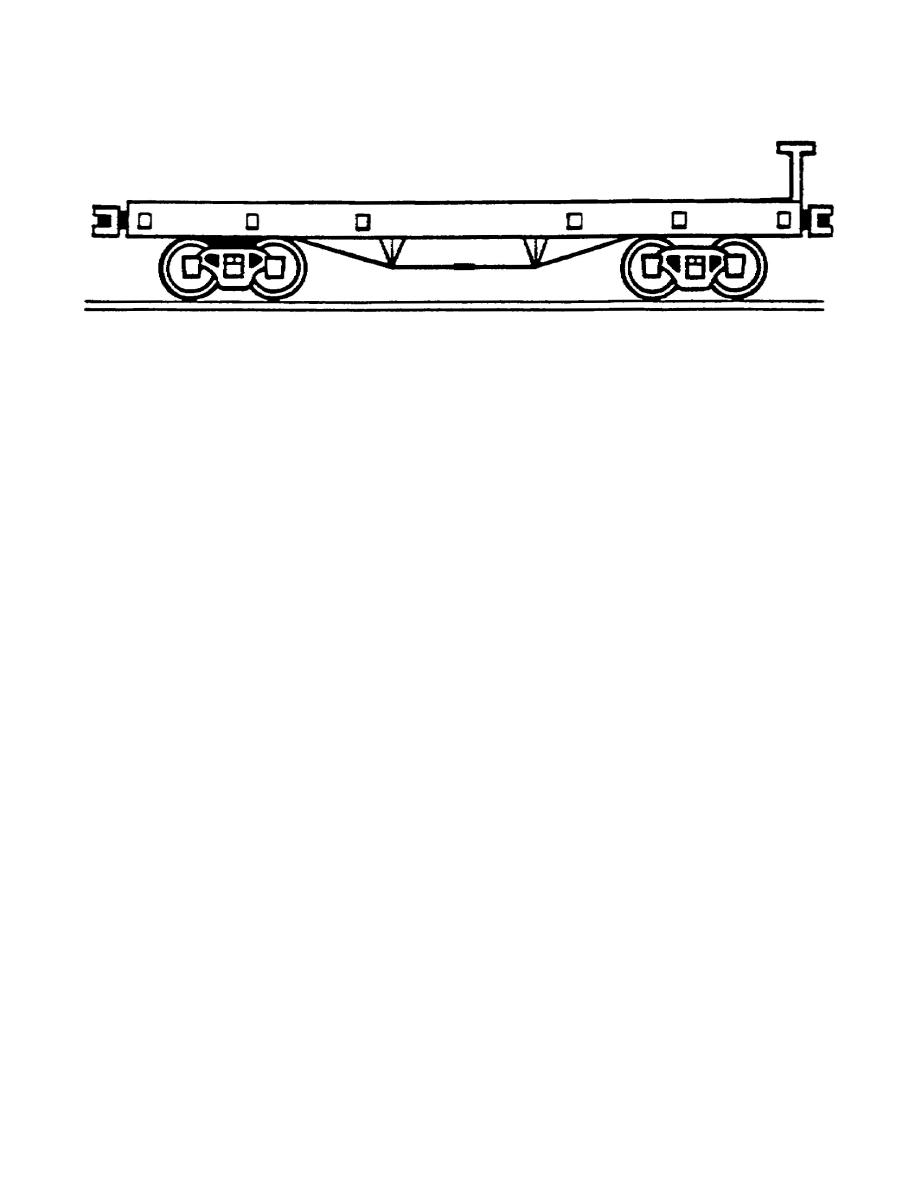
Chapter 1
LOADING RULES AND REGULATIONS
1.1. INTRODUCTION
"One killed, three injured in freight car collision" reads a recent
newspaper headline. The article recounted the tragic details of how the
load on a westbound train had shifted in transit, fouling the adjacent main
track. Here is how it happened. An eastbound freight was approaching a
westbound one on the other track at 45 miles an hour. The eastbound's
engineer noticed sparks flying from under the oncoming train and thought one
of its cars might have derailed. Seeing this, he immediately moved the
handle of the automatic brake valve to emergency position. As the trains
passed, lading protruding from the south side of a car on the westbound
train struck the north side of the dieselelectric units and the first 16
cars of the eastbound. A brakeman in one of the eastbound dieselelectric
units was killed, and the other crew members on the locomotive were injured.
The accident report stated that if the lading had been secured as prescribed
by Association of American Railroads (AAR) general rules, the accident
probably would not have occurred.
The Association of American Railroads describes how individual items,
including Department of Defense items, are to be loaded, blocked, and braced
on rail cars. To understand the AAR's rules, you must first know something
about rail equipment itself. Section I of this chapter examines flatcar
construction and design, since the flatcar is commonly used for shipping
large items. Throughout the text, reference is made to commercial flatcars
in use in the United States. Section II introduces you to the basic rules
of the AAR and to their application in Army regulations.
Section I. Flatcar Construction and Design
1.2. GENERAL
Asking how many 5ton trucks can fit on a flatcar is a little like
asking how many angels can dance on the head of a pin, unless
3



 Previous Page
Previous Page
